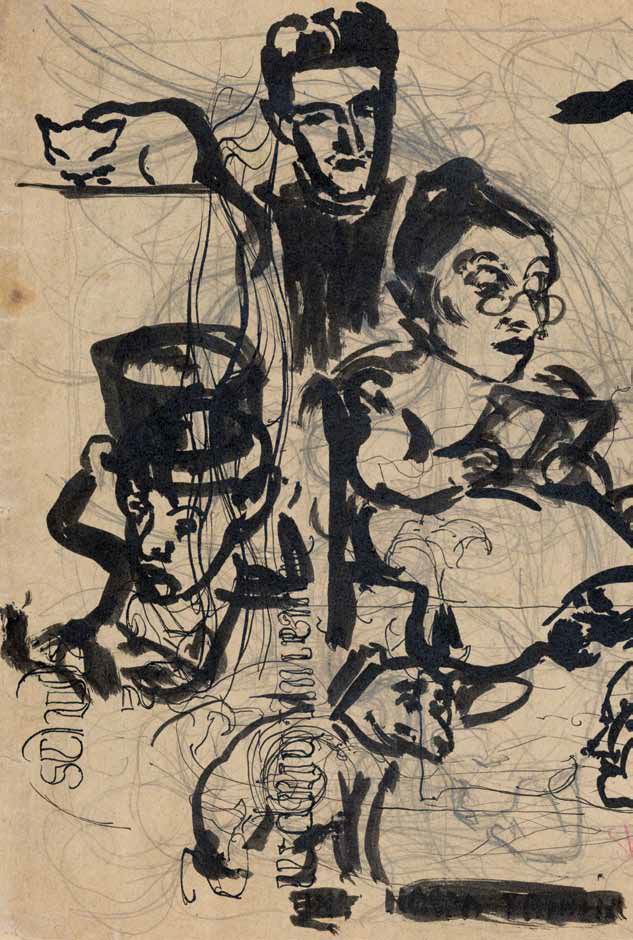Uwagi w sprawie kanonu. Brunona Schulza szkicownik młodzieńczy i freski w willi Landaua
Abstrakt
Most likely, Schulz’s sketchbook comes from 1907-1908, when he was fifteen or sixteen-years old. Scholars claim that the drawings in the sketchbook are of no high artistic value. Certainly, in the context of Schulz’s canonical works, they are only attempts and anticipations of the future. Still, these early sketches deserve some more attention not only as part of a Great Artist’s heritage. Schulz’s sketchbook is not just a collection of drafts but, on the contrary, a set of final versions – final in the first phase of the artist’s formative evolution. On the other hand, the frescoes painted by Schulz in Landau’s villa are, to our present knowledge, his last work done under unusual circumstances – under pressure. We will never find out whether Schulz, doing his final job, had any artistic ambitions, but we can assume that it was not just a ransom he had to pay to live. At any rate, he followed his main principle of combining the real and the imaginary, in that case the motifs from fairy tales.
It seems that juvenile daubing and illustrations to popular tales for children belong to a “reality of a lower rank,” but this is what brings them together, which liberates the frescoes from the space of death, tears down a thanatological curtain, and makes us perceive them, just like the drawings from the sketchbook, as artistic efforts – not first but last. One might say that both the fairy tale motifs and their rendering let Schulz reach beyond oppression and include the frescoes in the main course of his development. Thus, the frescoes in Landau’s villa are a gesture of oppressed freedom, but freedom nonetheless. A Great Artist wanted to save not only his life, but also, and perhaps above all, the integrity of his art.

 Uniwersyteckie Czasopisma Naukowe
Uniwersyteckie Czasopisma Naukowe





